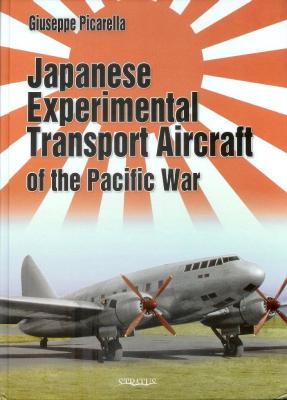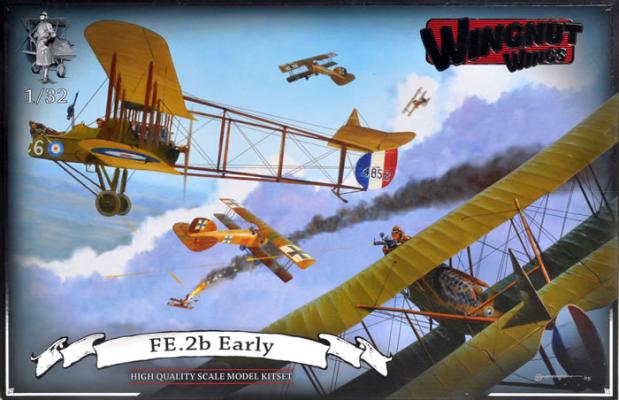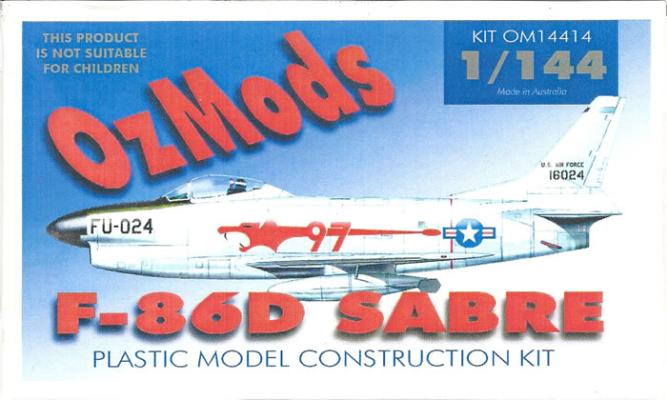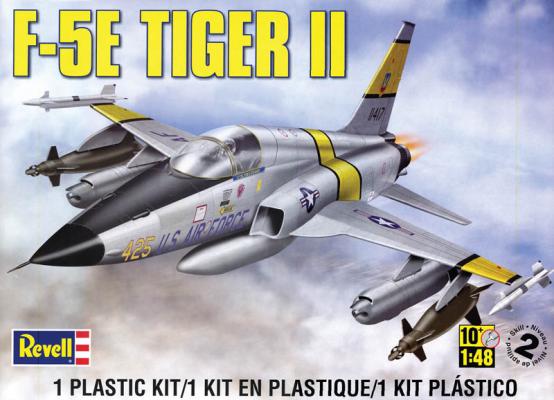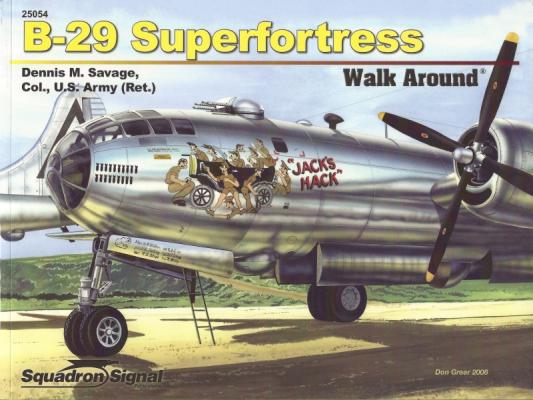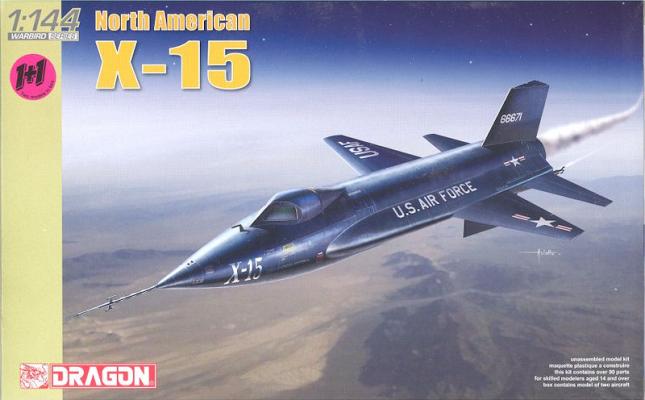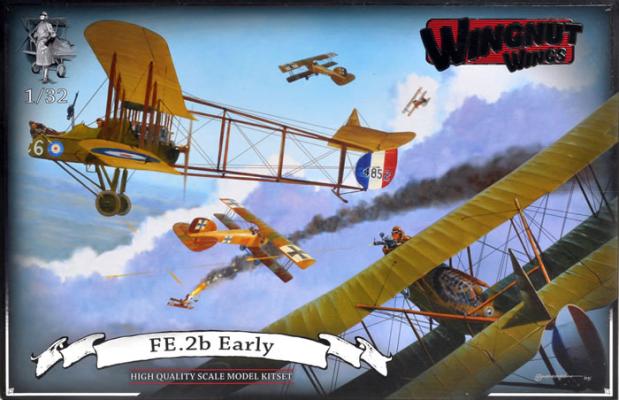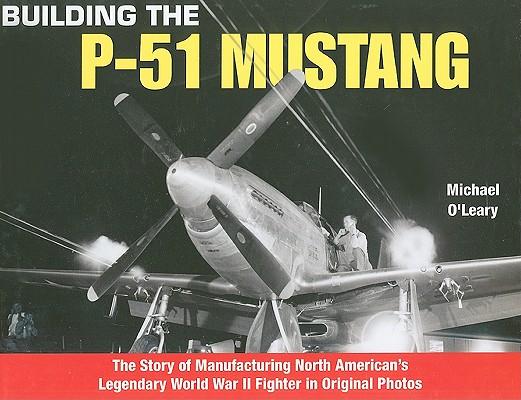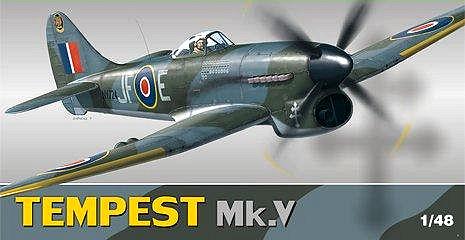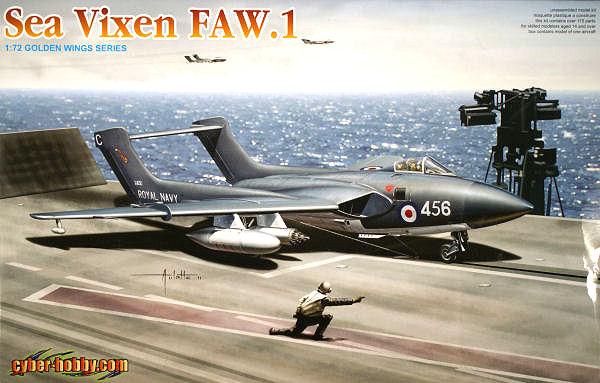The very first thing I would like to say about this excellent book is that the title does it a disservice. This book does a great job covering ALL transport aircraft of the Japanese Army and Navy Air Forces during the Pacific War. In fact, out of the thirteen chapters in the book, only three are devoted exclusively to experimental aircraft.
The Cockpit
Internal framing, fuel tanks, seat, instrument panel and fuel control panel, radiator and various pieces – is together. Even though there are a goodly number of parts, some quite small, everything fits together very well. It pays to ensure all the mould lines are off before painting. There are not many, but there are some. Also, test fit all of the parts and assemblies. Not that they don’t fit well, but to familiarize yourself with how they go together. Although the instruction book is excellent, there are a few areas that, to me at least, were not abundantly clear about exactly how things were supposed to mate up. The instruction illustration putting the long side rails around the floor, fuel tank, and radiator assembly appears to be a complex task but, once aligned properly, the two assemblies fit solidly together and, by looking at the engineering of the parts, it is pretty obvious how it goes together.
Let me begin this review by saying that I have all the OzMods 1/144 kits and love them all. Their subject matter is great. I only wish they would speed up their releases.
This latest release of the F-86D was a welcome addition to their small range and I was surprised to see that it came in a box instead of their usual bag and also that it was molded in a softer plastic then their usual brittle kind.
This kit had an almost complete cockpit that I was pleased to see. The seat is a two piece beauty complete with molded-in seat belts. I was disappointed with the instrument panel, so I reduced a 1/72 decal for an F-86 instrument panel to 1/144 scale and glued it to a piece of plastic card and put it in place of the kit one. The difference was remarkable. The cockpit tub was very nice with good side instrument detail.
This kit is another of the classic Revell/Monogram releases that has been around for almost thirty years and has been released and re-released in numerous guises. Many have regarded it as “the best 1/48th scale F-5 around” for almost as long. Until recently, its only competition has been the Esci/AMT version. It does accurately capture the shape of the Tiger II, and this release, like so many earlier ones, provides loads of extra parts and options, including a large CL drop tank, two Sidewinders, two 2000lb LGBs, two Vulcan gun pods, a boarding ladder, numerous additional antenna used on many NATO aircraft, and an RF-5 nose in addition to the standard pointed fighter nose (no flat “shark” nose, however). The kit also includes a very familiar walking pilot figure. Gone is the small PE sheet from the earlier “Hi-tech” version. Too bad.
The B-29 has always had a special place in my memory. Shortly after WWII, I was a kid growing up at the end of the Dobbins AFB runway in Marietta, Georgia. Adjacent to Dobbins was the “Bomber Plant”. Later I discovered that the “Bomber Plant” was really a government aircraft factory run by Bell Aircraft Company and specifically designed to build Boeing’s B-29 Superfortress. I can still see those giant aircraft taking off and landing over our house.
Soon, Bell stopped building the B-29s and the Air Force closed the plant. The only reminder left behind was a B-29 on static display at Larry Bell Park. That aircraft got plenty of use by the kids playing under and around its huge bulk.
Years later I met a gentleman who flew as a navigator on the B-29 and who became my father-in-law. I remember the stories he would tell of how “that thing” would struggle to get airborne as they watched for telltale signs of fire in the engines.
The Aircraft
The X-15 was the first aircraft to “officially” make a space flight. The US considers any flight that reaches an altitude of 50 miles to be a space flight, and 8 pilots met this criterion. The FAI requires 100 km (62 miles) altitude for a space flight, and two flights, both with Joe Walker as pilot, achieved this height. The X-15 also holds the record for fastest manned aircraft, at 4092 mph.
With all the publicity surrounding the X-15 program, I was surprised that there were only three built, and you can build two of them, 56-6670 and 56-6671. The third, 56-6672 could be built from the parts supplied, but you’d need serial number decals.
The Kit
This is one of Dragon’s 1+1 kits, and it comes with enough parts and decals to build two complete X-15s. You also get the wheeled dolly that was put under the landing skids to allow the X-15 to be moved after landing.
The Royal Aircraft Factory Farman Experimental 2b was an update to the FE.2a “Gun Carrier” that flew in January, 1915. This basic airframe served from 1915 through the end of hostilities in November, 1918, being used as a fighter, bomber, and reconnaissance aircraft. It is one of the best pusher designs to fly in the Great War. Wingnut Wings has done the WWI aircraft modeling community a great service by producing this kit, especially in the quality molding and engineering resulting in an easy (relatively) build with excellent fit and detail.
What more can be said about America’s all time greatest fighter aircraft, the North American P-51 Mustang? While pondering this thought as a modeler, I realize we have a lot of unanswered questions. As a P-51 crew chief, I am always asked off the wall questions from the P-51 enthusiasts and fellow modelers alike. Lastly, as an A&P mechanic and P-51 restoration guy, I had a few unanswered questions myself.
History Brief
Hawker’s next sibling in line following its older brother the Typhoon, the Tempest featured a new, more advanced laminar flow wing, newer and more powerful engines, and other numerous innovations. The first Tempest Mk V prototype flew on September 2nd, 1942. Pressing onward into service, the Hawker Tempest Mk V saw two notable types. Series 1 had the older style long barrel Hispano Mk. II cannon extending past the leading edge of the wing and small fish plates riveted over the joint between the rear fuselage and tail unit as reinforcement. Series II aircraft were fitted with the new short-barreled Hispano Mk. V cannon completely fitted in the wing and were able to carry two 45-gal drop tanks.
Famous for defending against the dreaded V-1 buzz bombs and for their ground attack capabilities, the Tempest Mk Vs served the RAF from April 1944 to well past the war’s end with honor and was truly a beauty of a beast.
The De Haviland Sea Vixen is one of my favorite aircraft, mostly because it is so unusual looking. I am very happy that Dragon (Cyber Hobbies) has chosen to make a kit of this strange aircraft.
Dragon produced this kit in 126 parts in light grey plastic which is very brittle. I have built several Dragon Golden Wing series aircraft and I am always amazed at all the fine detail they put into their kits. This one is no exception.

